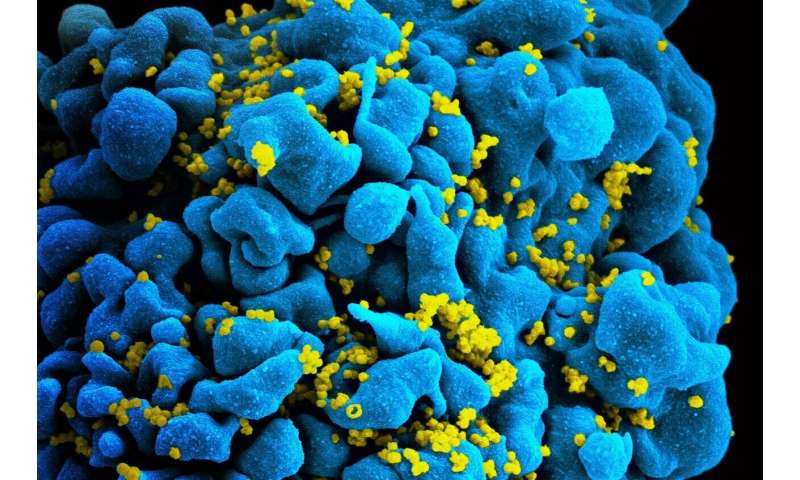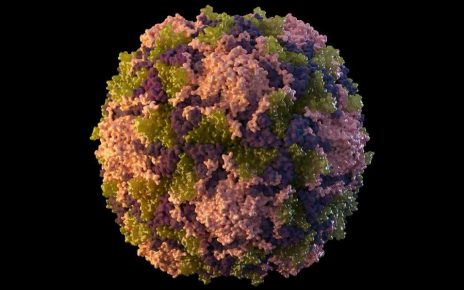
Using genetic sequencing, University of California San Diego School of Medicine researchers have identified a principal cellular player controlling HIV reproduction in immune cells which, when turned off or deleted, eliminates dormant HIV reservoirs.
“This is one of the key switches that the HIV field has been searching for three decades to find,” said Tariq Rana, Ph.D., professor of pediatrics and genetics at UC San Diego School of Medicine. “The most exciting part of this discovery has not been seen before. By genetically modifying a long noncoding RNA, we prevent HIV recurrence in T cells and microglia upon cessation of antiretroviral treatment, suggesting that we have a potential therapeutic target to eradicate HIV and AIDS.”
HIV spreads through certain bodily fluid attacking the immune system and preventing the body from fighting off infections. If left untreated, the virus leads to the disease AIDS.
Antiretroviral therapy is used to prevent and treat HIV, allowing patients to live long and healthy lives. However, the medication does not cure patients. Instead, the virus remains inactive in the body. If therapy is discontinued, the virus awakens and multiplies rapidly.
In a study published online on September 24, 2019 in the journal mBio, Rana and colleagues report the first genome-wide expression analysis of long noncoding RNA (lncRNA) in HIV-infected macrophages—specialized immune cells that promote tissue inflammation, stimulate the immune system and rid the body of foreign debris. In general, lncRNAs do not encode the recipe for proteins the way other RNAs do, but instead help control which genes are turned “on” or “off” in a cell.
The team described how a single lncRNA dubbed HIV-1 Enchanced LncRNA (HEAL) is elevated in people with HIV. HEAL appears to be a recently emerged gene that regulates HIV replication in immune cells, such as macrophages, microglia and T cells.
Using a combination of genomic, biochemical and cellular approaches, they found that silencing HEAL or removing it with CRISPR-Cas9 prevented HIV from recurring when antiretroviral treatment was stopped. Additional research to confirm these effects in animal models will be performed.
Source: Read Full Article



